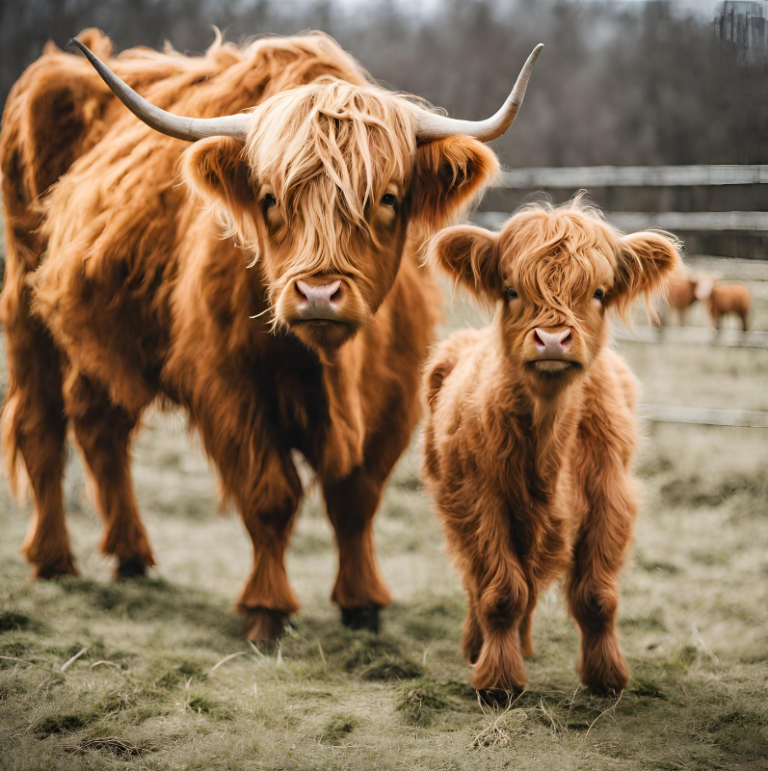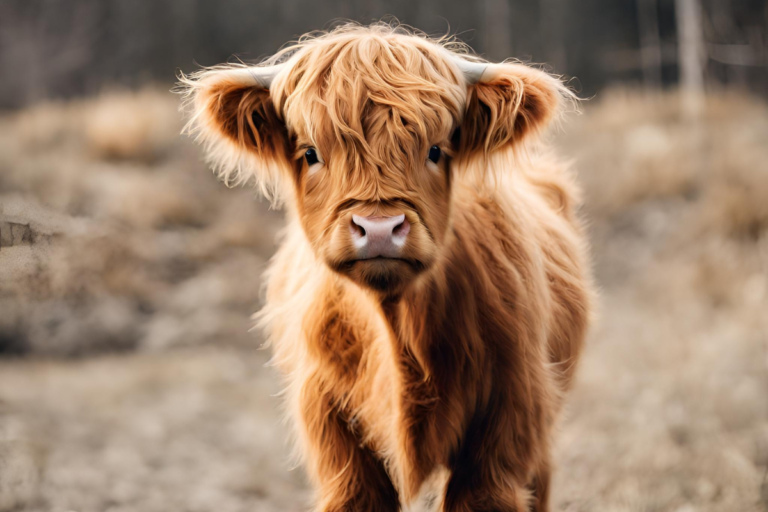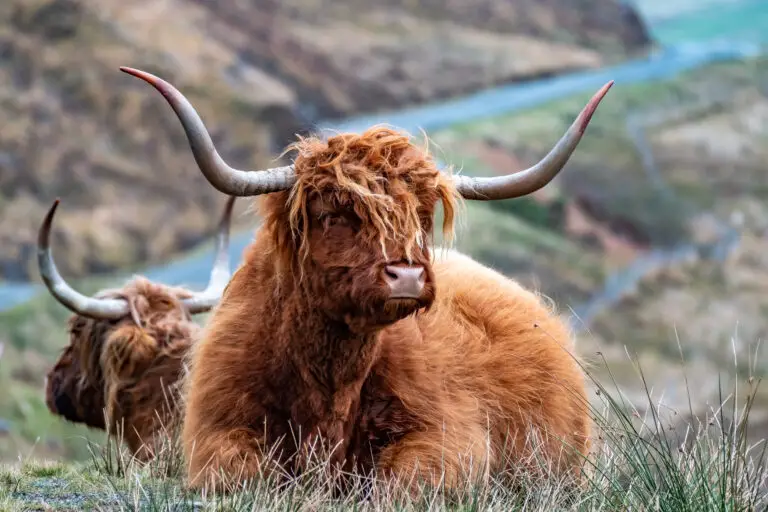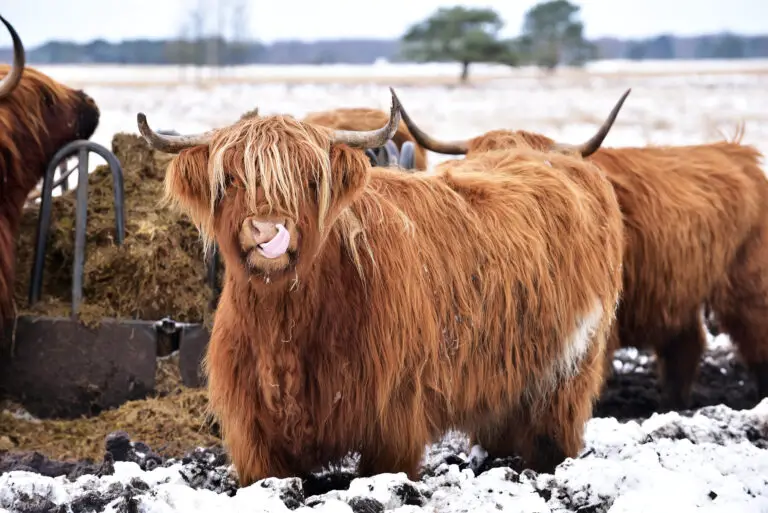The Rising Popularity of Scottish Highland Beef in the U.S.: A Premium Choice for Health-Conscious Consumers
Scottish Highland beef, renowned for its lean, well-marbled flesh, is carving out a niche as a premium beef option in the United States. This breed, known for its distinctive flavor, tenderness, and succulence, offers a healthier alternative to traditional beef with its lower fat and cholesterol levels, alongside higher protein and iron content.
The Scottish Highlander’s natural ability to produce high-quality meat without reliance on costly, high-quality feeds positions it as an ideal choice for sustainable beef production, emphasizing natural inputs and slow maturation processes.
The slow-maturing nature of Scottish Highland beef results in a product that is not only lean and rich in flavor but also meets the increasing demand for healthier meat options in today’s market. The breed’s thick, insulating coat plays a crucial role in this process, protecting the animal from harsh climates and reducing the need for excess back fat. This natural adaptation contributes to the meat’s lower fat and cholesterol content, making it comparable to chicken and fish in terms of leanness.
Recent studies conducted in North America and the UK have consistently demonstrated that Highland beef is significantly lower in fat and cholesterol compared to other beef breeds. For instance, research in the US has shown that Highland beef contains 38% less fat and 4% less cholesterol than the steaks typically found in local supermarkets.
In the UK, the fat content of Scottish Highland beef was recorded at 4.5g per 100g, significantly lower than the 15.6g per 100g found in other beef breeds. Additionally, Highland beef boasts higher levels of protein and iron, further underscoring its nutritional advantages.
The benefits of 100% grass-fed and grass-finished beef from Scottish Highland cattle are becoming increasingly recognized, not just by consumers but also by health professionals and dietitians.
Grass-fed and grass-finished beef is sought after for its health benefits, including lower total fat content, higher levels of heart-healthy omega-3 fatty acids, more conjugated linoleic acid (which is thought to reduce the risk of heart disease and cancer), and higher amounts of antioxidant vitamins like vitamin E.
The demand for grass-fed, grass-finished beef is on the rise, with many individuals seeking out this healthier option on the advice of their healthcare practitioners. Scottish Highland cattle, with their natural grazing habits and ability to thrive on grass alone, are perfectly suited to meet this demand.
Their meat not only offers a delicious and distinctive taste but also aligns with the growing consumer preference for natural, sustainable, and health-promoting food choices.
In summary, Scottish Highland beef represents a premium choice in the U.S. beef market, appealing to health-conscious consumers looking for meat that is nutritious, flavorful, and produced in harmony with nature. As awareness of its health benefits continues to grow, Scottish Highland beef is set to become an increasingly popular option for those seeking quality, sustainability, and wellness in their dietary choices.







